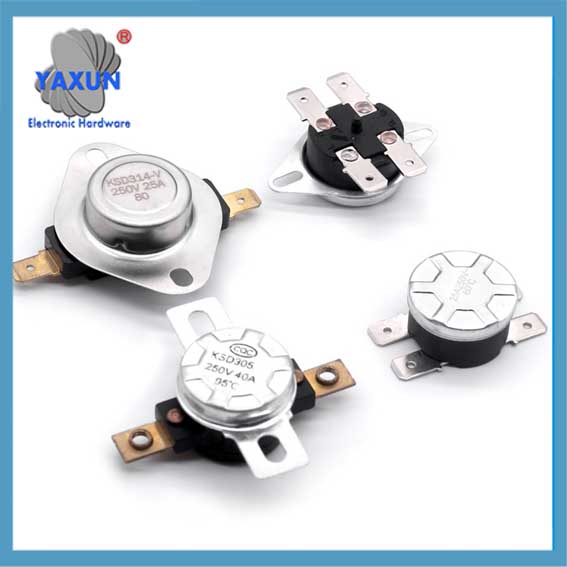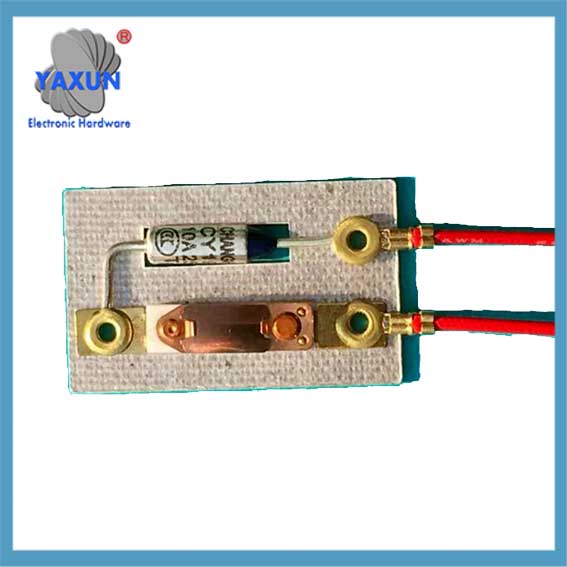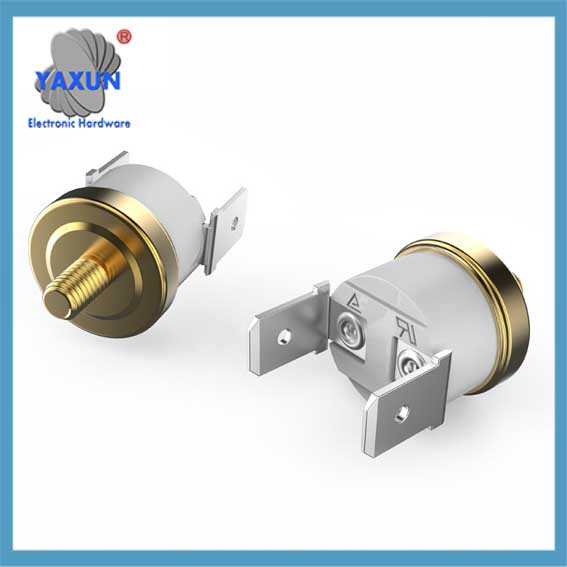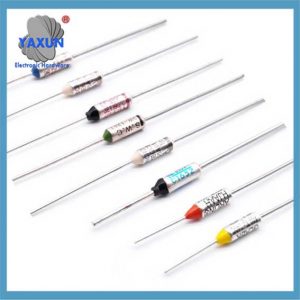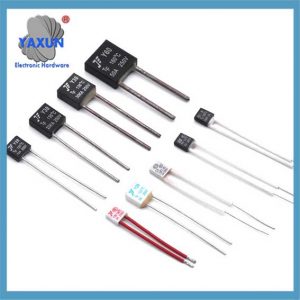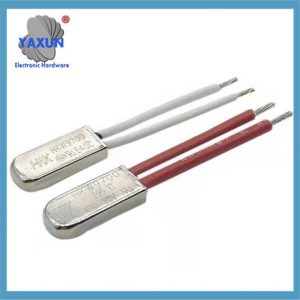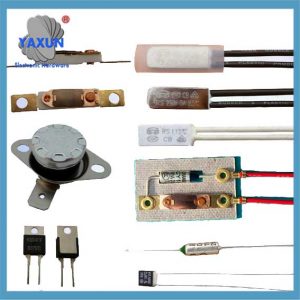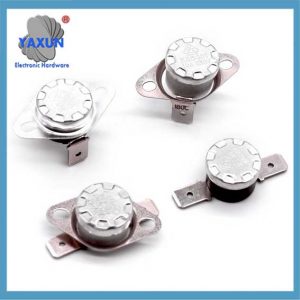Product Categories
Product Tags
Recent Posts
The Difference Between Thermal Fuse Link and Thermal Cutoff Switch
A “thermal fuse link (Fusible alloy wire and Organic thermal fuse )” is essentially a one-time fusible cut off, heat-sensitive component that permanently breaks a circuit when it reaches a specific temperature. while a “thermal cutoff switch” is a bimetallic strip device that can potentially cut off itself after reaching a high temperature, allowing the circuit to reconnect once the temperature drops below a set point.
A “thermal fuse link (Fusible alloy wire and Organic thermal fuse)” is essentially a one-time fusible cut off, heat-sensitive component that permanently breaks a circuit when it reaches a specific temperature. while a “thermal cutoff switch” is a bimetallic strip device that can potentially cut off itself after reaching a high temperature, allowing the circuit to reconnect once the temperature drops below a set point. both are used as safety mechanisms to protect against overheating, but the key difference is the “fuse link” is designed to only operate once, while the “cutoff switch” can potentially cycle multiple times.
| 77 Degrees Celsius thermal fuse link Overheating protection element. Rated voltage: 250V ; Rated current: 10A ; Rated Operating temperature: 77°C. Features & Advantages: Strong stability & Good conductivity & Long service life & Flame retardant insulation. Widely Application: AEC77E Thermal Fuses are used in hair dryers, rice cookers, irons, refrigerators, coffee makers, microwaves, ovens and other devices. Humanized packaging for easy storage and use. Please confirm the temperature degree, voltage and amp before purchasing. Is Discontinued By Manufacturer : No Package Dimensions : 5.59 x 1.97 x 0.67 inches; 0.01 ounces Date First Available : December 26, 2016 Manufacturer : China YAXUN Best Sellers Rank: #2 n Tools & Home Improvement (See Top 10 in Tools & Home Improvement)#6 in Cartridge Fuses |
||
Key points about thermal fuse links:
One-time use: Once activated by excessive heat, the fusible link melts and permanently breaks the circuit, requiring replacement.
Simple design: Typically consists of a low-melting point alloy that melts when heated above a predetermined temperature.
No reset function: Cannot be reset manually after activation.
Key points about bimetallic thermal cutoff switches:
Resettable:
When the temperature drops below the set point, the switch contacts reconnect, allowing current to flow again.
More complex design:
Often uses bimetallic strips that bend or expand when heated, causing the switch to activate.
Potential for multiple cycles:
Can be used in applications where temporary overheating may occur, unlike a thermal fuse link.
The Thermal Cutoff Switch with SPST-NC-NO contact configuration and quick connect terminals.
1000VAC for One minutes or more between non-live metal parts and terminals dielectric strength;
100MΩ or More between the non-live metal parts and terminals insulation resistance;
12 month limited warranty *view Terms & Conditions for details;
96% of customers would recommend to a friend;
Applications
Sensing & Instrumentation, Automotive Systems, Automation & Process Control
Switching Temperature: 150°C
Contact Operation: Normally Closed
Reset Temperature: 135°C
Sensor Terminals : Quick Connect
Contact Rating : 125VAC/15A, 250VAC/10A, 250VAC/16A
Contact Us
Waiting for your email, we will reply you within 12 hours with valuable information you needed.
 English
English العربية
العربية Български
Български 粤语
粤语 中文(简体)
中文(简体) 中文(漢字)
中文(漢字) Nederlands
Nederlands Suomi
Suomi Français
Français Deutsch
Deutsch Ελληνικά
Ελληνικά Magyar
Magyar Italiano
Italiano 日本語
日本語 한국어
한국어 Polski
Polski Português
Português Română
Română Русский
Русский Slovenščina
Slovenščina Español
Español Svenska
Svenska ภาษาไทย
ภาษาไทย Türkçe
Türkçe Tiếng Việt
Tiếng Việt

